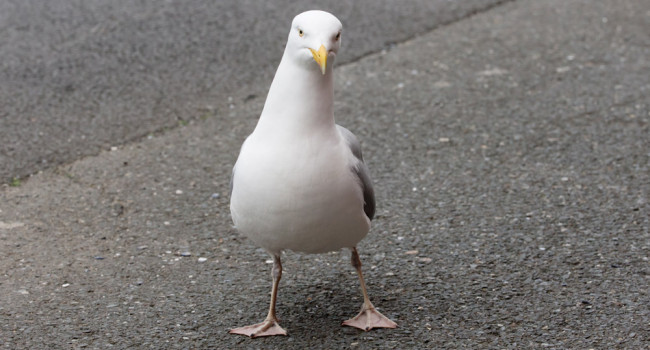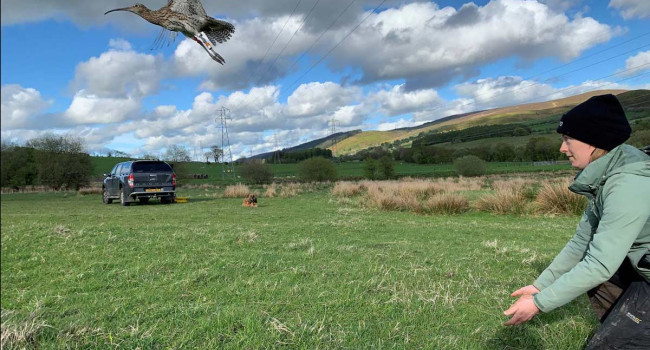Seabirds steer to avoid collision course with offshore wind farms
01 Dec 2014 | No. 2014-70
Collisions between birds and turbines are seen as one of the key impacts of offshore wind farms. A new review by the British Trust for Ornithology and the University of Highlands and Islands’ Environmental Research Institute has provided better estimates of the proportions of seabirds that alter their flight paths to avoid colliding with turbines.
When planning offshore wind farms, it is important to derive robust estimates of the number of birds likely to collide with turbines in order to help the decision making process. Whilst most birds will take action to avoid colliding, a proportion will not. The review found that over 99% of seabirds were likely to alter their flight paths in order to avoid collision. However, Aonghais Cook, Research Ecologist at BTO, who led the study said “It is important not to get lulled into a false sense of security by these figures. Whilst 99% of birds may avoid turbines, collision may still be a significant risk at sites with large numbers of birds. Furthermore, there are still a number of key gaps in knowledge for some vulnerable species.”
The review also revealed species-specific differences in the way in which seabirds respond to wind farms. A significant proportion of Gannets will avoid even entering a wind farm, however, gulls are much less cautious and may even be attracted to the sites as a result of the foraging opportunities they offer. Despite this, once inside the wind farms even gulls seem to show a strong avoidance of the turbine blades. Whilst there are still significant gaps in our knowledge of bird behaviour within offshore wind farms, this work represents a major step forward, helping to ensure decisions are based on the best available evidence.
In a joint response the Government’s Statutory Nature Conservation Bodies welcomed “this important piece of work and congratulated Marine Scotland Science (MSS) for taking the initiative to commission the report and the British Trust for Ornithology (BTO) for conducting such a thorough review.”
This work was carried out on behalf of Marine Scotland Science.
Notes for Editors
- The BTO is the UK's leading bird research charity. A growing membership and up to 60,000 volunteer birdwatchers contribute to the BTO's surveys, collecting information that underpins conservation action in the UK. The BTO maintains a staff of 100 at its offices in Thetford, Stirling, Bangor (Wales) and Bangor (Northern Ireland), who analyse and publicise the results of surveys and projects. The BTO's work is funded by BTO supporters, government, trusts, industry and conservation organisations. www.bto.org
- In its role as advisors to the Scottish Government, MSS undertakes research and monitoring in both the freshwater and marine environments to provide scientific and technical advice on a wide range of marine and fisheries issues.
- The Environmental Research Institute (ERI) is part of the University of the Highlands and Islands (UHI) and delivers research and post-graduate training in the most remote areas of Scotland. ERI is involved in a number of interdisciplinary projects assessing the potential impacts of marine renewable energy on the environment.
Contact Details
Dr Aonghais Cook
(BTO Research Ecologist)
Office: 01842 750050
(9am to 5.30pm)
Email: aonghais.cook [at] bto.org
Paul Stancliffe
(BTO Media Manager)
Office: 01842 750050
(9am to 5.30pm)
Mobile: 07585 440910 (anytime)
Email: press [at] bto.org
Images are available for use alongside this News Release.
Please contact images [at] bto.org quoting reference 2014-70
The BTO has an ISDN line available for radio interviews.
Please contact us to book an interview
Office: 01842 750050







Share this page